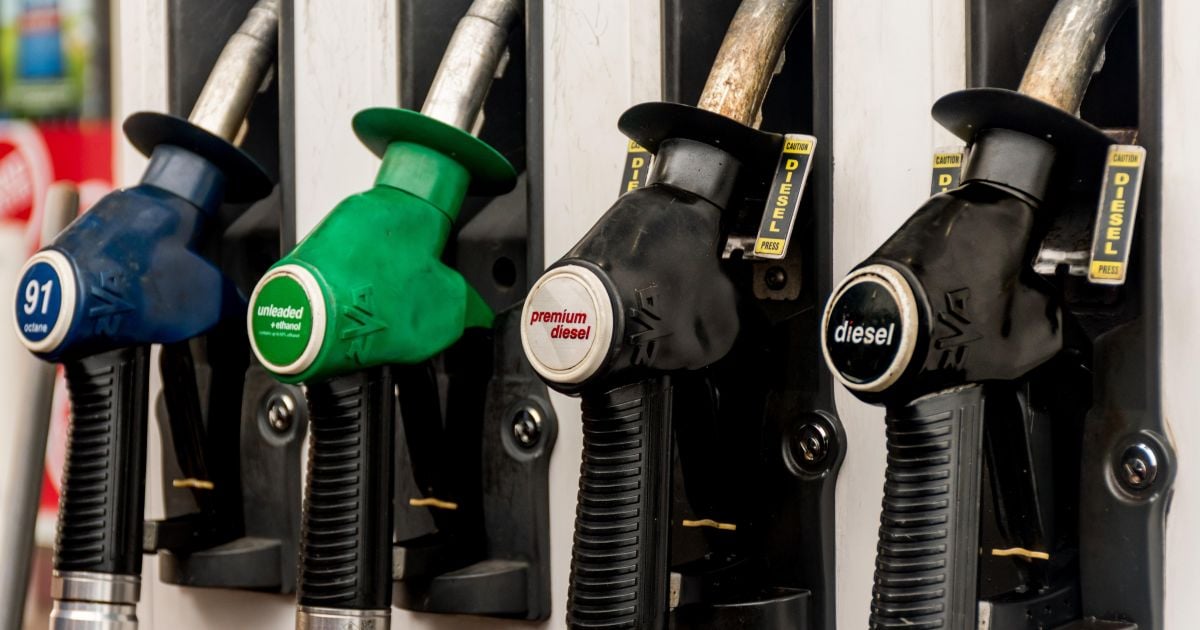Air stables, lots of hay and a passport. This is how horses travel to the Paris Olympics

- by Admin
- July 26, 2024
In short:
Australian horses have flown to Paris in an air-stable to compete in the 2024 Olympic Games.
The horses require a passport before travelling.
What’s next:
When they land, the horses are monitored by their team for jet lag symptoms.
The Olympic Games are underway in Paris and Team Australia has settled into the Athlete’s Village, including those competing in the equestrian events.
But how do their four-legged companions make their way to the French capital?
Chris Burke, the Managing Director of IRT, facilitates the international travel of horses and has transported three horses to the Olympics and one to the Paralympics.
Do horses need passports?
To travel internationally humans must have a passport and horses are no different.
For the horses competing in the Olympics, their passport is issued by the International Federation for Equestrian Sports.
This document includes what vaccinations the horses have received and their travel history.
Horses don’t have photos in their passports. Instead, there is a silhouette that has an outline and any unique markings or colours to help identify the horse, says Mr Burke.
“But the main feature that identifies horses these days, like most animals is microchips,” he says.
“That is definitely in the passport.”
(Supplied: Chris Burke, IRT)
What are the facilities on the plane?
The horses travel in an air stable. They board using a high loader, which is similar to a scissor lift used to load passenger luggage.
The air stable is fully enclosed, with partitions separating the horses and a breast bar across the front to restrict the animals from moving forward.
ABC Sport is live blogging every day of the Paris Olympics
Unfortunately, there are no in-flight movies for these passengers, but they do get a tasty barrel of hay.
“They actually travel quite comfortably,” Mr Burke said.
“There’s some hay that’s hung out to them to chew on and keep them entertained.”
Do the horses get swollen legs?
The horses stand up for the entire flight on their journey, which can sometimes lead to swelling.
Compression socks can be useful for humans who experience swelling during air travel, but it is not the same for horses.
It is not recommended to wrap the horse’s legs as this can damage the tendons, Mr Burke said.
The horses are well cared for during their journey, with Equestrian Australia providing a vet on the plane to monitor the horse’s wellbeing throughout the flight.
Do horses get jet-lagged?
With more than 30 hours of flying — including stopovers in Vietnam and Qatar — the journey to Paris would leave any human jet-lagged. But is it the same for horses?
“We don’t truly know the answer,” Mr Burke said.
“What we do know is that some horses do travel better than others.”
It is only in the first 24 — 48 hours after they’ve arrived that the impacts of the journey can be seen on the horses.
This is why the handlers arrive ahead of time, so they are fresh to care for the horses when they land, according to Mr Burke.
Do local horses have a competitive advantage?
Local horses definitely have an advantage, says Mr Burke.
“It makes the efforts when Australia does well overseas all that better,” he said.
“These guys have to travel to the other side of the world, so the Australian team well and truly have the hardest run.”
For this reason, some horses are sent to Europe for a year or two before the Olympics where they can adjust to the high level of competing.
Posted , updated
The Latest News
-
November 22, 2024Cricket world left saddened after awful development about Allan Border made public
-
November 22, 2024LIVE BLOG: Super Saturday is underway – PGA of Australia
-
November 22, 2024This beautiful, intricate dress delights and stimulates me. What is it worth to Australia’s fashion community?
-
November 22, 2024Australia collapses into a batting crisis as Test legends confront their waning powers
-
November 22, 2024‘All down to Alex Carey’: How Aussie’s last hope can salvage Test





